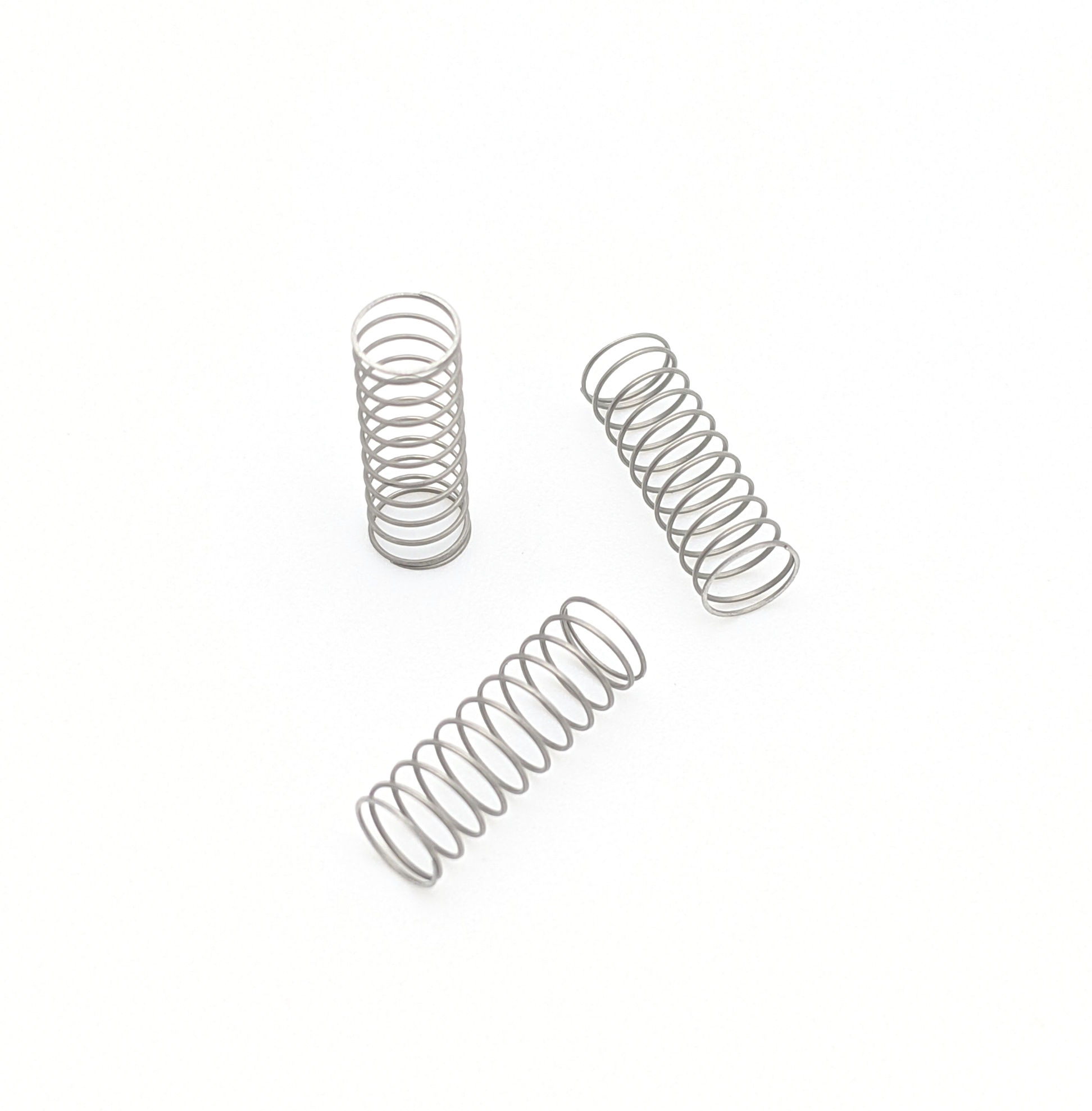Get unique, complex parts easily. No matter your requirements, Chaoyi Spring creates hard-to-produce coil springs and wire forms.
Let us help you create the custom wire form you need, from S-hooks and J-hooks to utility hooks and more.
We work closely with customers across a wide range of industries, helping them design and manufacture made-to-order parts.
Why choose Chaoyi Spring? We prioritize customer-focused collaboration, modern equipment and the latest technology to make your parts per print.
Find the information and guidance you need, from measuring a spring to learning about materials, placing an order and much more.
Garage doors are a vital part of any home, providing security and convenience. But, when it comes to the intricate workings of a garage door system, the torsion spring is


Garage doors are a vital part of any home, providing security and convenience. But, when it comes to the intricate workings of a garage door system, the torsion spring is often overlooked. This unsung hero plays a crucial role in lifting and lowering your heavy door, making the process smooth and effortless. Understanding the intricacies of torsion springs is essential for homeowners, especially when it comes to choosing the right spring for their needs. In this comprehensive guide, we'll delve into the world of torsion springs, exploring their types, characteristics, and how to use a garage door torsion spring chart to select the perfect one for your garage door.

Imagine trying to manually lift your garage door. It's a daunting task, requiring considerable strength and effort. Torsion springs are the unsung heroes that make this process effortless. They're coiled steel springs, usually positioned above the garage door, that store energy and help lift the door, allowing you to easily open and close it. But these springs are more than just simple components. They're designed with meticulous care to ensure smooth, reliable operation and a long lifespan.
Choosing the right torsion spring for your garage door is crucial for safety and performance. If a spring is too weak, it might struggle to lift the door properly, potentially leading to uneven operation or even damage. A spring that's too strong, on the other hand, could make it difficult to open the door or even cause the door to slam shut forcefully. This is where a garage door torsion spring chart comes in handy.
A torsion spring chart is a valuable tool for homeowners and garage door technicians alike. It provides a comprehensive overview of the various torsion springs available, outlining their key characteristics, such as:
A garage door torsion spring chart typically organizes this information in a table or graph format. It's essential to use a reputable chart that accurately reflects current industry standards and specifications.
Using a garage door torsion spring chart is straightforward, but it requires a few key pieces of information:
With this information in hand, you can consult the chart to identify the appropriate spring size, spring rate, and other relevant parameters. The chart will often recommend a specific spring type based on your garage door's characteristics.
While a torsion spring chart provides valuable guidance, remember that several other factors can influence your spring choice:
While using a torsion spring chart is a great starting point, don't hesitate to seek advice from a professional garage door technician. They can provide expert guidance and ensure the spring you choose is the right fit for your specific garage door setup. Remember, safety comes first! Properly selecting and installing a torsion spring will ensure smooth, reliable operation of your garage door for many years to come.
Garage door torsion springs are under high tension, which makes them potentially dangerous if not handled correctly. Never attempt to adjust or replace a torsion spring yourself unless you have the necessary experience and training. Always consult with a qualified garage door technician, especially if you're dealing with a broken or damaged spring.
Remember, safety should be a top priority. If you're unsure about any aspect of your garage door system, it's always better to err on the side of caution and contact a professional.
Garage door torsion springs are the silent workhorses that make your garage door function seamlessly. Understanding the intricacies of these springs is key to ensuring your door operates safely and efficiently for years to come. Using a garage door torsion spring chart is a valuable tool for selecting the right spring for your needs. However, always remember the importance of safety and professional expertise when dealing with these high-tension components. By taking the necessary precautions and seeking guidance from a qualified technician, you can ensure your garage door operates smoothly and reliably for many years to come.
The next time you open or close your garage door, take a moment to appreciate the power and precision of the torsion spring. This seemingly simple component plays a vital role in making this daily task effortless and safe. Understanding the intricacies of torsion springs and how to select the right one for your needs is essential for any homeowner. Using a garage door torsion spring chart and seeking professional expertise will ensure that your garage door continues to function smoothly and reliably for years to come.
Browse some of the custom wire forms and springs that we manufacture. Don’t see what you need? We specialize in made-to-order products that meet your application requirements.
Visit Our GalleryNeed a custom wire form or coil spring? We make it work. Fill out the contact form and a representative will respond within 1 business day. If you have a PDF or CAD file, you can submit to request a quote.